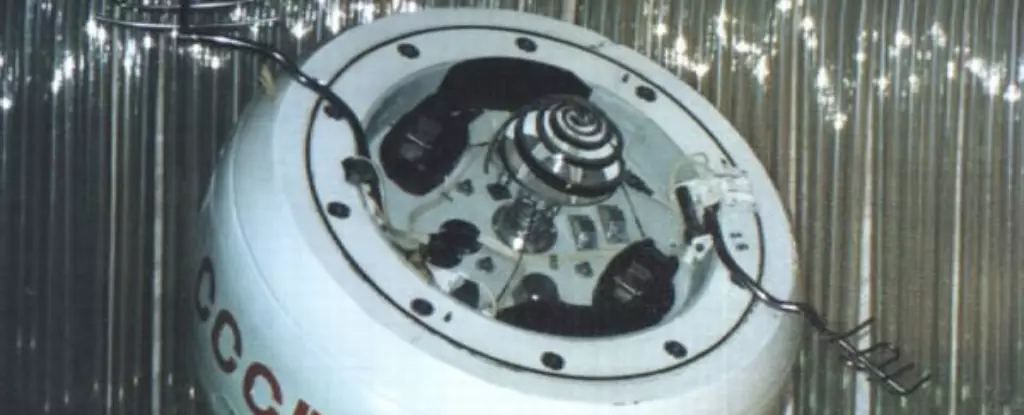As we step into an era where the remnants of the past frequently intermingle with the advancements of the present, Kosmos-482, launched in 1972, stands as a poignant reminder of a complex historical narrative. This Soviet-era spacecraft, initially touted as a pioneering mission aimed at exploring Venus, now finds itself on the brink of an uncontrolled reentry into Earth’s atmosphere—an impending event that not only represents the end of a space era but also raises questions about our ever-expanding orbital highways.
Kosmos-482 symbolizes the triumphs and tribulations of the Cold War space race, a time characterized by fierce competition and secrecy. The Soviets, operating under a veil of enigma, often withheld information about their missions until they bore fruit. This particular mission faltered after launch—an unfortunate but not uncommon occurrence for that time. The failure to achieve its intended trajectory towards Venus due to a timer anomaly delineates the precarious nature of early space exploration, an all-too-human endeavor fraught with unpredictability.
The Legacy of a Spacecraft
What stands out about Kosmos-482 is not merely its ill-fated launch but its longevity in the depths of space. After more than five decades adrift in low Earth orbit, it is astonishing to think this spacecraft—once a pillar of hope for planetary exploration—has danced around our planet like a lost ghost. Its reentry is scheduled for early next month, and although the spacecraft is decommissioned, its descent presents a unique opportunity to witness a piece of history writ large across our skies.
The reentry of Kosmos-482, although fraught with uncertainty, promises to be a spectacle—one that satellite enthusiasts and casual skywatchers alike will eagerly anticipate. Analyst Marco Langbroek suggests that given the spacecraft’s design to withstand the harsh atmosphere of Venus, it may very well endure the trials of reentry into the Earth’s atmosphere too. However, myriad factors remain uncertain, from the spacecraft’s age to the precise trajectory of its descent.
The Urbanization of Space
As the skies grow increasingly crowded, the impending demise of Kosmos-482 highlights a looming issue: space debris. With the advent of multiple satellite constellations from private enterprises like SpaceX, OneWeb, and Amazon, we face an overwhelming increase in the number of satellites and, consequently, the potential for space collisions. The risk is no longer the concern of scientists and space agencies alone; it permeates everyday discussions about space traffic management and the sustainability of our cosmic endeavors.
The very fabric of our relationship with space is changing. As access becomes democratized, questions about responsibility and regulation become vital. Should we not just amplify our ambitions of space exploration but also comprehend the repercussions of our actions? The debris scenario poses urgent challenges for both present and future missions, and it is inspiring to see agencies worldwide beginning to grapple with these issues. Yet, there remains a worrisome lag in orchestrating comprehensive strategies to address what is approaching a crisis in low Earth orbit.
Final Reflections on Kosmos-482’s Fall
As the clock ticks down to the untimely reentry of Kosmos-482, we find ourselves in contemplation of what it represents—a symbol of progress, knowledge, and the humbling reality of human endeavor in the universe. While it may be tempting to view this as the end, one could argue that the true legacy of Kosmos-482 lies not just in its engineering, but rather in its embodiment of a pivotal moment in human history—a moment that reminds us of our potential for greatness as well as our fragility as a species.
As we stand on the cusp of witnessing a cosmic farewell, the paradox of Kosmos-482 becomes evident. It serves as a reflection of where we began, where we are now, and possibly where we are headed. The excitement of being able to catch a glimpse of this atmospheric spectacle is laced with a tinge of melancholy—a reminder that space exploration is as much about making breakthroughs as it is about learning from our past. In this moment of cosmic convergence, we are left to ponder not only the fate of Kosmos-482 but the direction of space exploration in the decades to come.


Leave a Reply